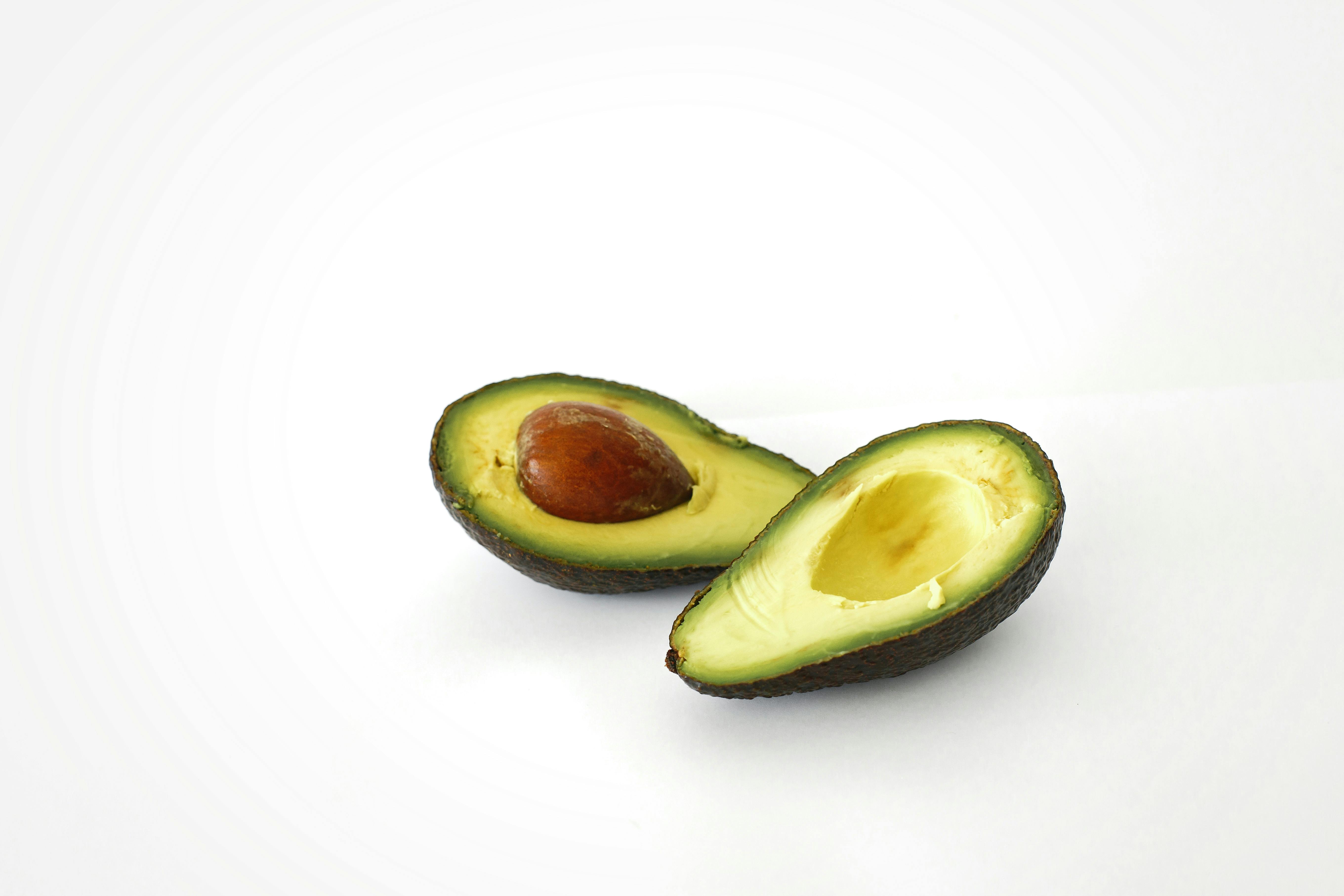Apply Now
Essential Guide to Identifying Bad Avocados
Understanding Avocado Freshness
Avocados are a popular fruit known for their creamy texture and numerous health benefits. However, they can quickly turn bad if not stored properly. Recognizing the signs of a
bad avocado is crucial to ensure you choose high-quality fruit for your meals. Let’s delve into the various characteristics that indicate
spoiled avocados and how you can identify them effectively.
To start, fresh avocados should have a firm texture but yield slightly to gentle pressure. The ideal avocado is ripe yet not overly soft, providing the perfect balance for consumption. This balance not only affects taste but also impacts texture and nutritional value. Learning to identify the signs of deterioration will safeguard your culinary adventures and enhance your eating experience.
Visible Signs of Spoilage
Spotting a
bad avocado involves paying close attention to its appearance. A brown or
discolored avocado can indicate spoilage or overripeness. Look out for the following visual cues:
1. **Brown Avocado**: A uniform brown color often suggests the fruit is no longer fresh.
2. **Black Spots on Avocado**: Small black spots indicate decay starting inside the fruit.
3. **Moldy Avocado**: White or fuzzy spots, typically around the stem area, are signs of mold growth.
These visual indicators are essential in your assessment. A ripe avocado should have a lovely green hue with minimal blemishes. Recognizing these signs can help prevent you from purchasing
rotten avocados.
Textural Indicators
Another way to determine avocado quality is through its texture. Different textures convey crucial information about freshness:
- **Soft Avocado**: If the avocado feels mushy when gently squeezed, it is likely overripe.
- **Hard Avocado**: An avocado that feels hard typically indicates that it's still unripe and may need time to mature.
- **Wrinkled Avocado**: Skin that appears shriveled suggests the fruit has lost its moisture and is past its prime.
Paying attention to these textural changes will significantly enhance your ability to choose avocados that meet your expectations and prevent disappointment in your dishes.
Smell and Flavor Checks
The aroma of an avocado can also reveal much about its condition. A
stinky avocado emitting a foul odor is a strong indicator of spoilage, whereas fresh avocados should have a mild, pleasant scent. If you encounter a heavy, rancid smell when cutting into an avocado, it’s advisable to discard it immediately.
The flavor can also shift dramatically with spoilage. A ripe avocado boasts a buttery richness, while a
bad avocado might taste bitter or sour. The flavor test can serve as a final inspection, particularly for cut avocados.
Practical Tips for Selecting and Storing Avocados
Having established how to identify bad avocados, let’s explore practical tips for selecting the best fruit and preserving their freshness.
Choosing the Right Avocados
When shopping for avocados, it's important to know what to look for to avoid any mishaps. Here are several expert recommendations:
1. **Inspect for Uniform Color**: Aim to select avocados that are mostly green, avoiding those with extensive dark spots or a brownish hue.
2. **Squeeze Tests**: Perform a gentle squeeze; the fruit should yield slightly without feeling mushy.
3. **Check the Stem**: If possible, inspect the stem area. If it easily pops off and reveals green underneath, the avocado is likely ripe. A brown stem indicates overripeness.
These tips can significantly enhance your chances of selecting
avocados to avoid spoilage at home.
Storage Guidelines for Avocados
Proper storage is key to maintaining avocado freshness, and understanding the ripening process is essential for maximizing their shelf life. Follow these avocado storage methods:
- **Unripe Avocados**: Store in a cool, dry place to allow them to ripen. Avoid refrigeration until they’re ripe.
- **Ripe Avocados**: After they reach ideal ripeness, store in the refrigerator to slow further ripening.
- **Cut Avocados**: Apply lemon juice to the exposed flesh and wrap tightly in plastic wrap before refrigerating to prevent browning.
Utilizing these guidelines, you can effectively prolong the life of your avocados and enjoy them longer.
Conserving Quality Post-Purchase
Once the avocados are at home, continued attention is necessary for preserving their quality. Here are some additional tips:
- **Avoid Excess Moisture**: Keep avocados dry, as moisture can lead to
moldy avocados.
- **Limit Exposure to Air**: Air can accelerate browning, making wrapping or storing cut avocados properly crucial.
- **Use by Date Considerations**: Always check for the use by date to enjoy avocados at their peak freshness.
Following these methods can aid in preserving avocado quality, making sure you're always ready to enjoy the creamy goodness.
Common Questions About Bad Avocados
How Can I Tell if an Avocado is Bad?
Look for brown discoloration, a foul smell, or an overly soft texture. If any of these signs are present, the avocado is likely spoiled.
What is the Difference Between Ripe and Bad Avocados?
Ripe avocados are slightly soft with vibrant green flesh, while bad avocados appear brown, mushy, or only emit unpleasant odors.
Can I Use Overripe Avocados?
While overripe avocados might not be suitable for guacamole or fresh slices due to texture and flavor, they can still be used in smoothies or baked goods.
How Should I Store Avocados to Prevent Spoilage?
Keep unripe avocados at room temperature and refrigerate ripe ones to prolong freshness. Wrap cut avocados tightly in plastic to minimize air exposure.
Are There Health Risks Associated with Bad Avocados?
Consuming bad avocados can lead to food spoilage-related illness, so it's essential to inspect and discard any fruit that shows signs of decay.
With a keen eye and these guidelines, you can confidently choose and enjoy avocados at their best. The right selection and storage techniques will go a long way in maximizing your avocado experience in 2025 and beyond!

